Learning how to photograph kids well will lead to some of the most rewarding images of your photography career. With every image, you're recording memories that will be loved for a lifetime.
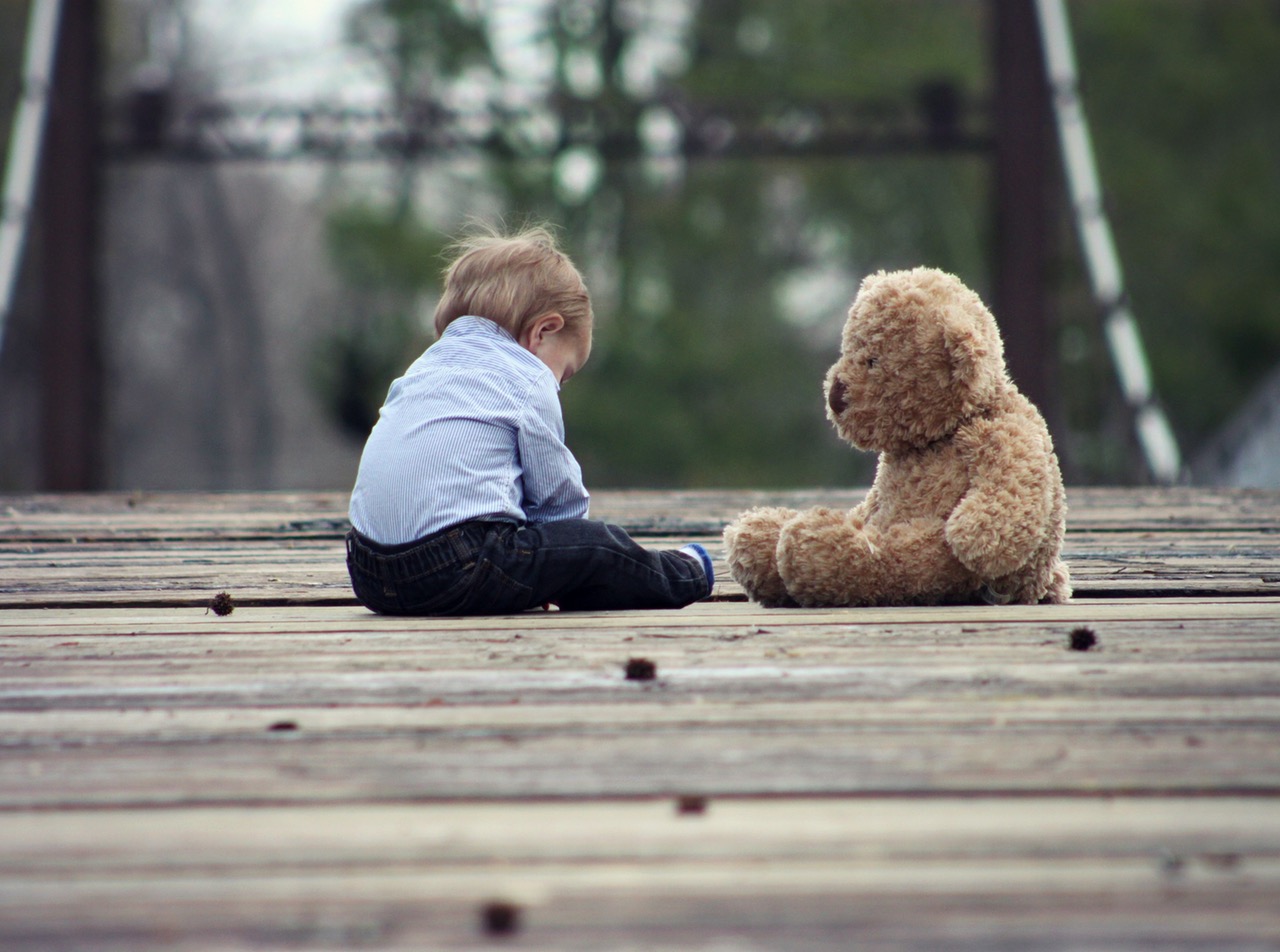
Get on Their Level
If there is one composition tip that you take away from this article, it is that when you are photographing children, you should endeavour to get down on their level. Taking a photo while standing up and pointing the camera down towards them leads to weaker compositions. When you can look into their eyes from their own level, it transforms the image.
That means getting down low – hell, lay down on the ground if you like. At the very least, kneel down. Your images will work a lot better this way.
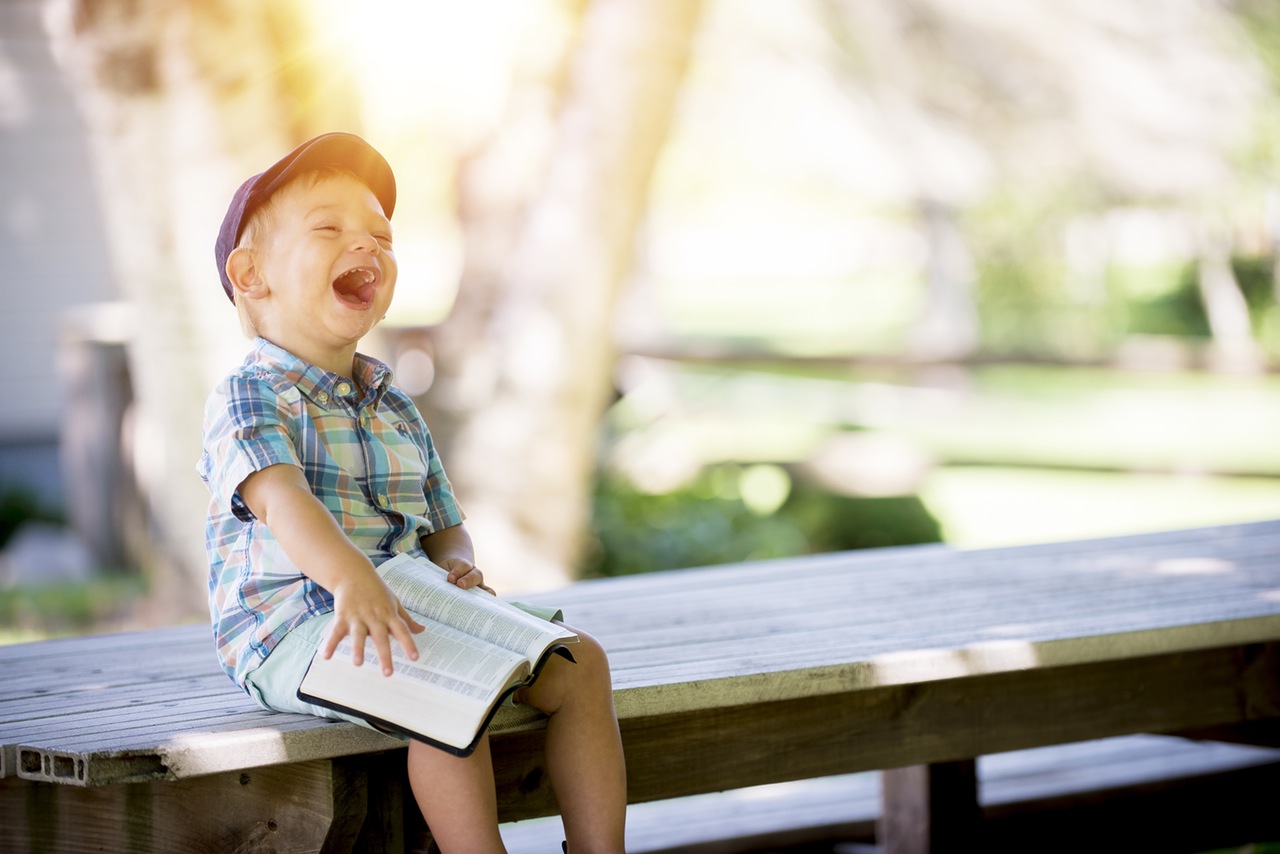
Get Them Dressed for the Occasion
Kids in cute clothes is almost always a winner in a photograph and you can almost guarantee that people (especially family) will love it. Now, don't get us wrong, you can go a bit overboard with this but keep it in mind.
A bonus tip if you're lucky enough to be able to choose the clothes is to choose colours that suit the eye and hair colour of the child. Steve McCurry's Afghan Girl is the ultimate example of how powerful a image can be when you have colours that complement the eyes, but you can adapt this general point for your own (hopefully happier) photographic uses. Blue eyes? Red and blue clothing could well help your shot by complementing those eyes (for example).
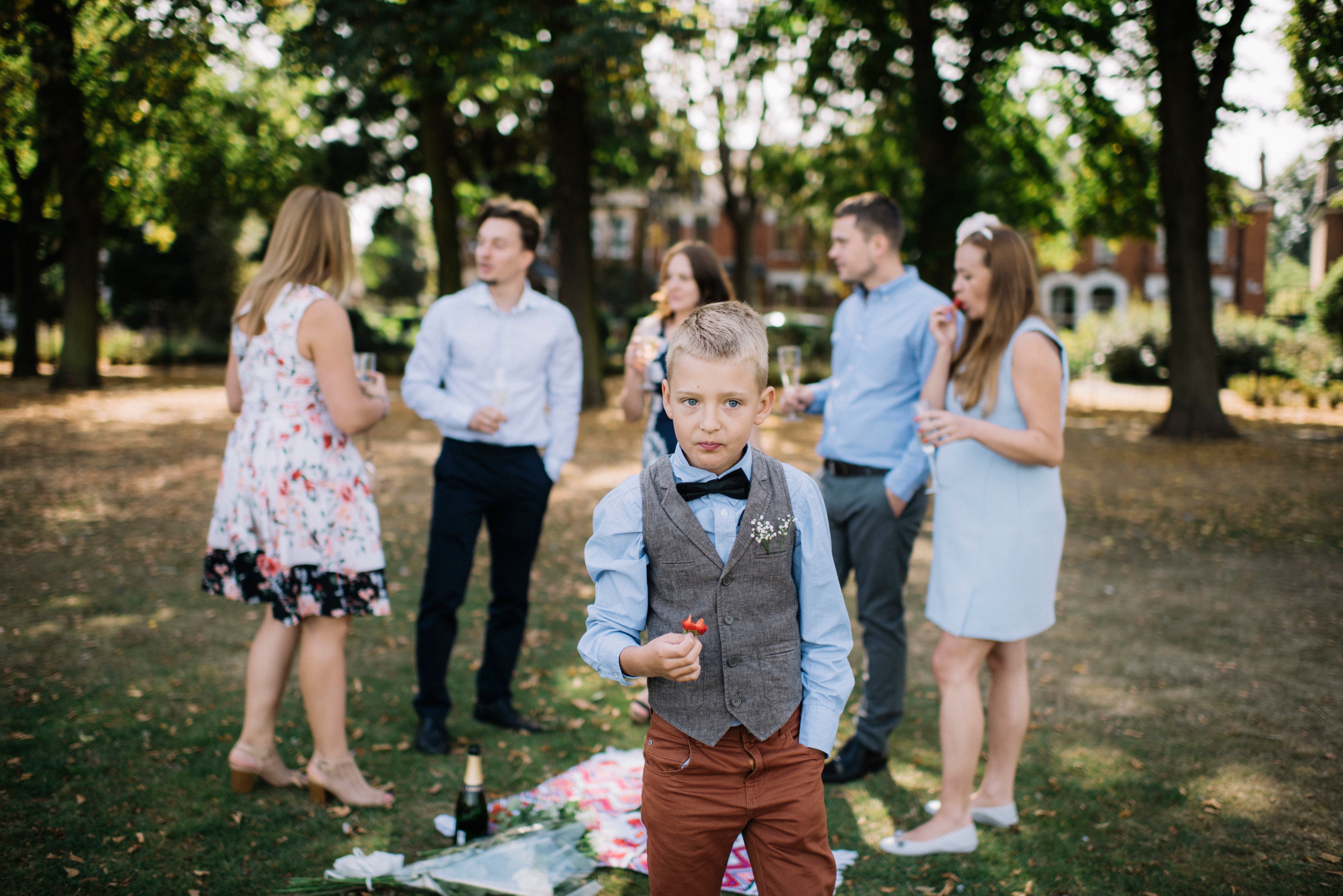
Include a Toy
Kids love toys and toys often make kids more comfortable in front of cameras. The vast majority of children photographers will have at least some toys on hand for when they are shooting. It's an easy thing to do and a great way to control the emotion level with your subject.
Focus on the Eyes
As with most portrait photography, so too child photography can often rely on the eyes of your subject. Now, there will be exceptions to this, but in general terms, you want those eyes nice and sharp. Now, this can be a little difficult with a moving subject so think about your depth of field – it's going to be very difficult to get in-focus eyes shooting wide open (below f/2.8) on a moving subject if you happen to be close to them (which you should be). Consider going with a slightly narrower aperture for those closer shots.
When you get your images to post production, you might also want to experiment with lightening the whites of the eyes and saturating the irises. Be careful though – a little goes a long way, and it is very obvious when you overdo this step.
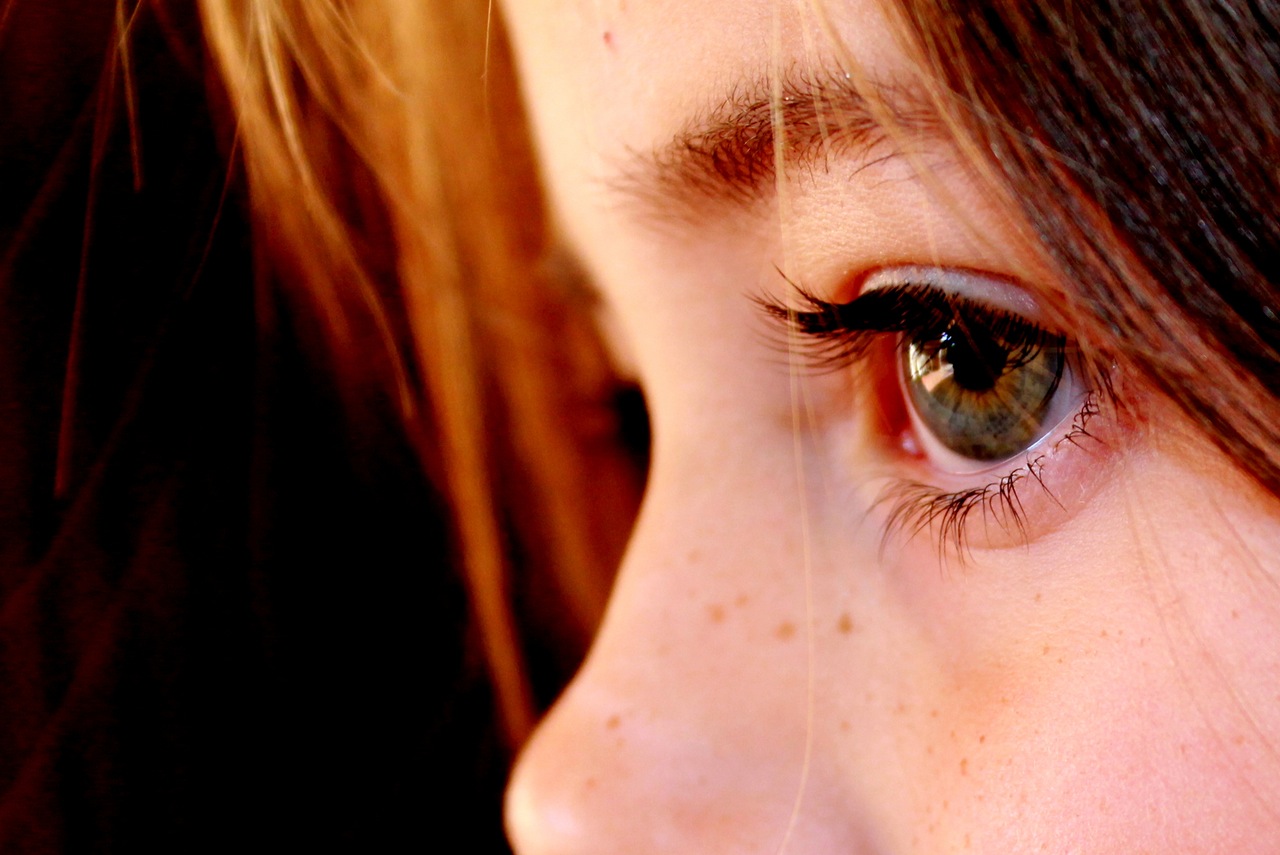
Choose a Gorgeous Background and Use Depth of Field to Isolate Them Against It
If you're photographing kids outdoors (or anywhere really) then you are going to want to put some thought into your backgrounds. Beautiful trees, bushes and flowers can add some lovely backgrounds in the great outdoors.
One trick with outdoor people photography is to isolate the subject against such a background. This is done by extending your lens to its maximum focal length, opening the aperture (be careful of moving subjects as you still want those eyes in focus), get as close the subject as you can and keep the background as far away as you can. You can read more about this technique here, but it is very effective for getting powerful portraits and shots of children.
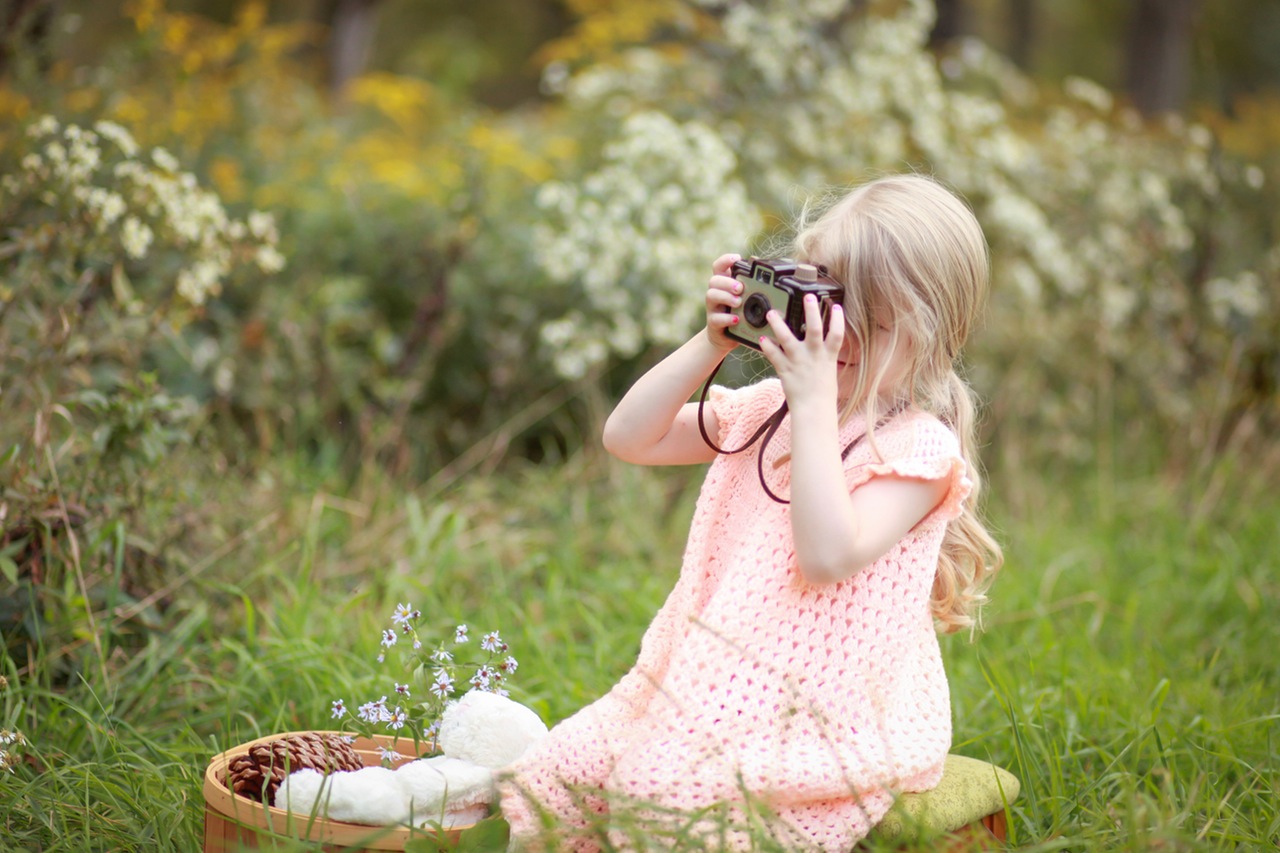
Soft Light for Portraits Wins
One of the keys to any photographs of people in general is that you are usually going to want to have soft light hitting their face when you take it. While this isn't always true, it works in the vast majority of photographic scenarios.
Now, that can mean several things for photographers. Photographing people on overcast days when the light is dispersed is usually better than photographing them at high noon when the shadows across their faces can be quite harsh. You can also use reflectors or diffusers to soften the light hitting their face. You might also want to shoot in the early morning or late afternoon when the light is softer. Whatever you choose though, try to avoid those harsh shadows.
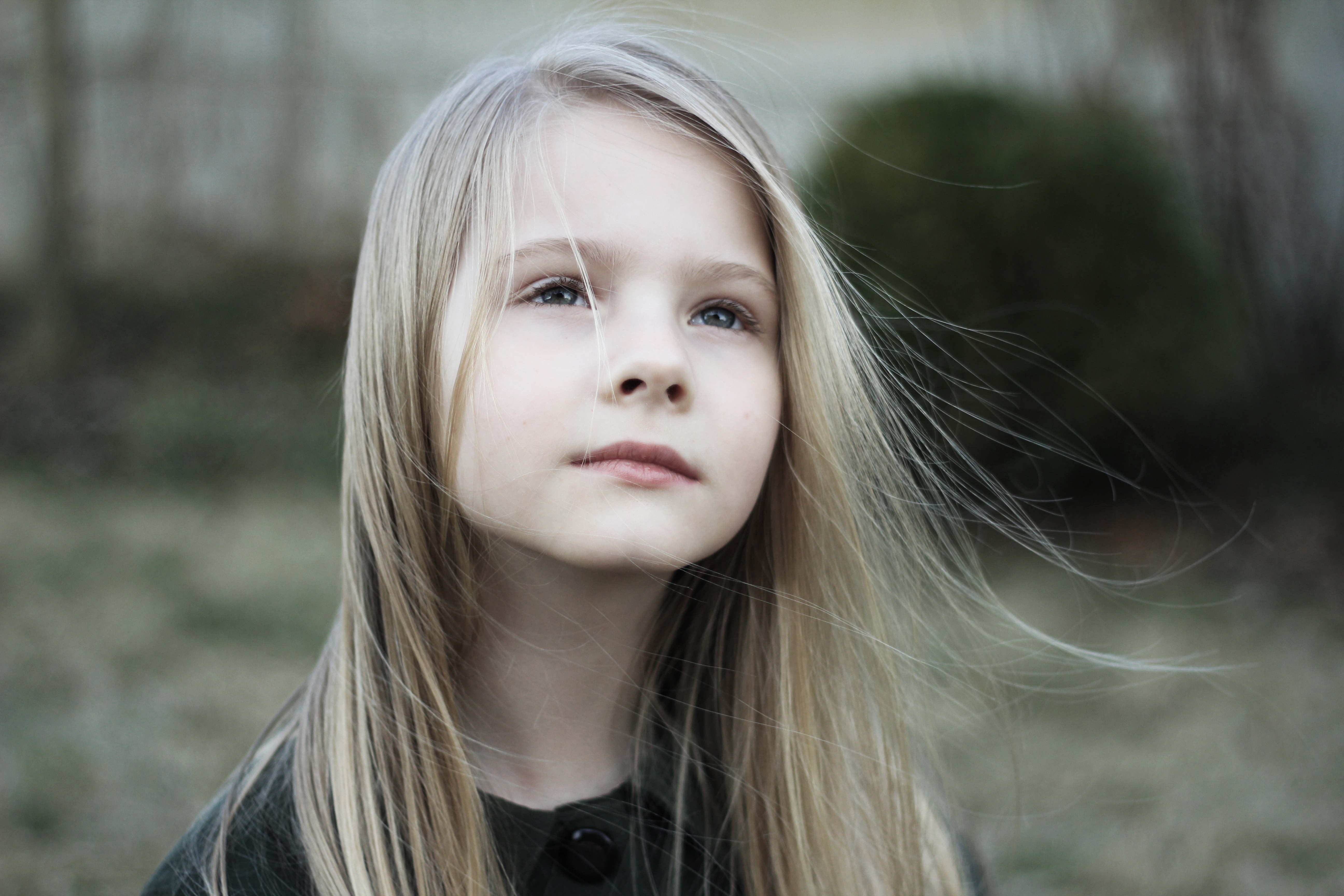
Kids Move so Pack Light
A great tip we learnt from Brent Mail who used to have a very successful family portraits photography business was to really pack light. In fact, Brett swapped out his heavy 70-200mm 2.8 lens and opted for the much lighter f4 version of that focal length. The heavier leans was twice as heavy (and many times more expensive) than the lighter one. With kids running around and moving, he found the lighter lens enabled him to move around too and get much better results than he could lugging around the heavier lens.
The great thing here is that the secondary lesson is that photography (specifically very profitable and loved photography) is not all about the gear. You don't need the latest and greatest if you know what you are doing and how to use what you have.
Shoot a LOT
The last thing is a dose of reality. Kids love to move. A lot. Chances are that you will be running just to keep up with them and that makes it difficult to nail every shot that you want to get.
So shoot a lot. Accept that you will have less keepers from a kids session than from a studio portrait session and plan accordingly with how many times you release the shutter.
Learning how to photograph kids will be one of your most useful skills as a photographer. Your shots will be loved by family and friends for years to come. While this blog post gives you some great starting points and general tips to put into use, you might also like to check out Brent Mail's guide to the subject. That way you can learn comprehensively from somebody who was a successful professional in the exact genre. Check out his guide here.







1 Comment
Photograph is the most important for everyone. Who is Shot photo asesome, he is the best.So,I am training this course.